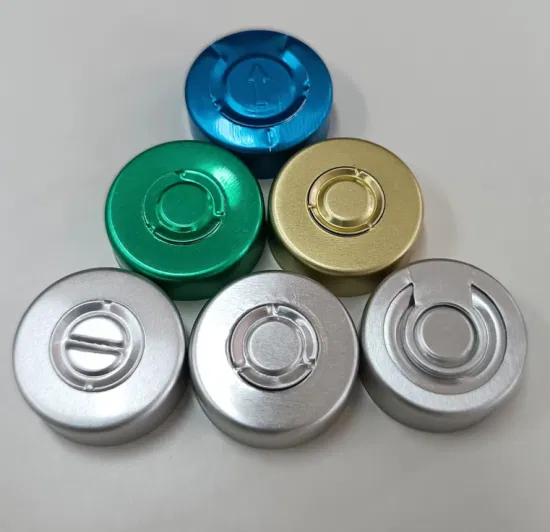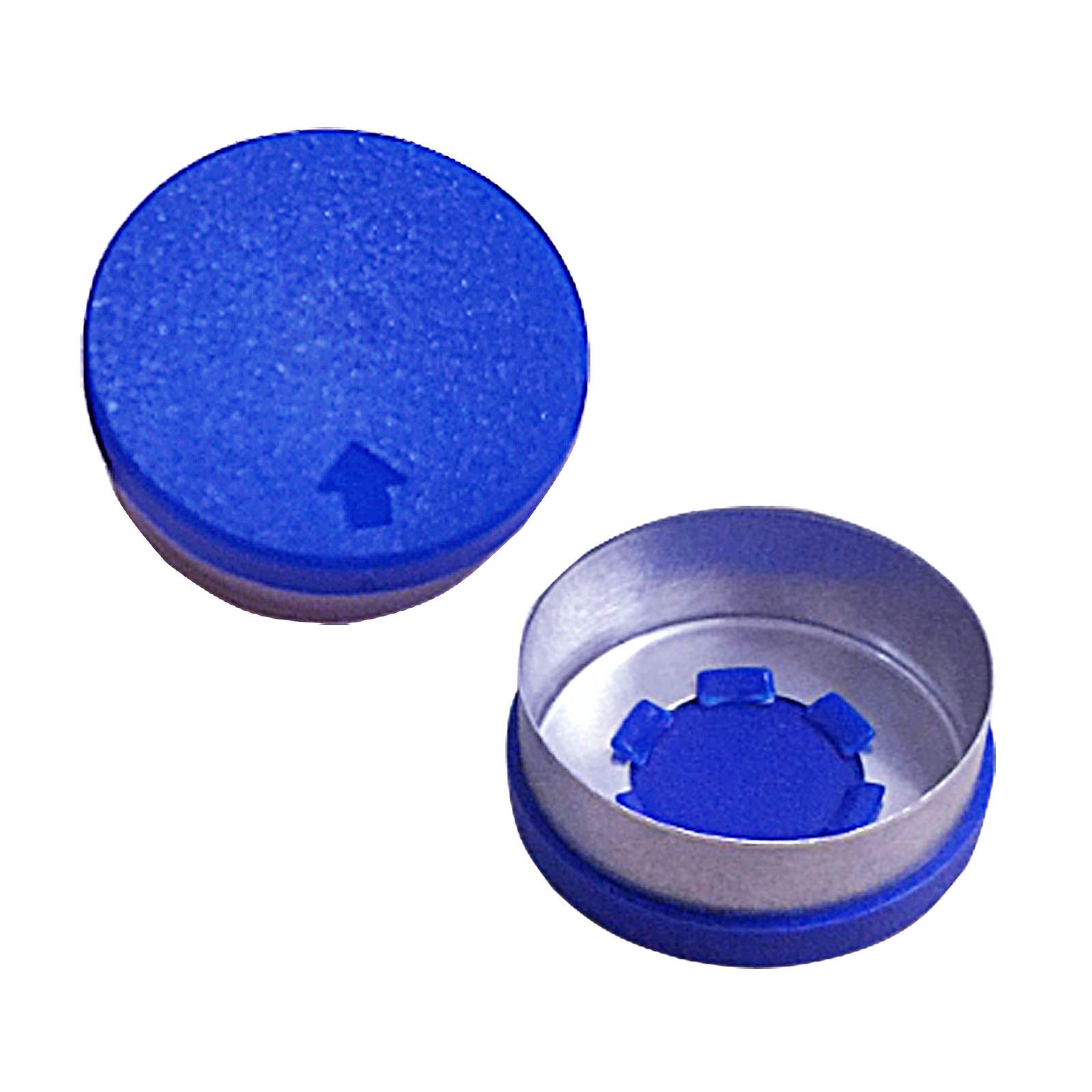About Injectables
Always inspect your vial for any particles before use.
Ouppy likes to shine a flashlight at the shoulder of the vial, right above the label, and peek in through the bottom, or through the gap on both ends of the labels. You may see small microbubbles which reflect some light, but you should never see any solid matter. If you see any dust, discard your vial immediately.
Ouppy likes to shine a flashlight at the shoulder of the vial, right above the label, and peek in through the bottom, or through the gap on both ends of the labels. You may see small microbubbles which reflect some light, but you should never see any solid matter. If you see any dust, discard your vial immediately.
This page is not an exhaustive resource.
For more information, consult the DIY HRT Directory.
Carrier Oils
Injectable solutions are just that, solutions of a pharmaceutical substance into a carrier oil.
It's important to keep track of which carrier oil is being utilized.
| Carrier Oils | |
|---|---|
| Name | Description |
| MCT Oil | "Multi-Chain Trygliceride" oil. It is primarily derived from coconut oil, but can come from a variety of sources. This is commonly used in many DIY solutions, because it is not very viscous, so it is easier to filter, draw, and inject. However, some users have issues with irritation from this oil. |
| Castor Oil | Castor Oil comes from the Castor bean. It is commonly used in commercial solutions, but is less common in DIY preparations, because it is very viscous, and takes a long time to filter. |
| Cottonseed Oil | Cottonseed Oil is also commonly found in pharmaceutical preparations. It is less common than MCT or Castor oil and is less viscous than Castor. It may be a good alternative for those who are sensitive to MCT. |
How to open a vial
Vials primarily come in two types: 
Aluminum Vial Top

Plastic Vial Top
To open a plastic vial top, simply flip the plastic part, and it will snap off, revealing the injection port.
To open an aluminum vial top, only the center ring needs to be removed. Insert a spoon, knife, toothpick, etc. beneath the small inner ring and flip outwards to reveal the injection port.
How to dose
The short: Start with 4mg Estradiol Enanthate weekly, and test at one to three months.
To more granularly adjust your dosages, consult a simulator to evaluate your current dose against a future potential dose.
Some more detail:
Dosages for injectable estradiol vary from person-to-person, as well as upon whether or not you take an anti-androgen. You can read more about blood levels on the general help page. Always decide your own dosage based on your target levels, and blood tests.
How to prepare a dose
There are already good resources provided by
Planned Parenthood
as well as
Folx which you should consult.
If you're using a separate drawing and injection needle:
After pulling your dose into the syringe, withdraw your syringe from the vial, and while holding it with the needle facing straight up, continue to draw back the plunger to pull in all of the solution remaining in the drawing needle hub. Replace your drawing needle for your injection needle, and push all of the air out of the syringe until a drop begins to form at the tip. This will reduce waste and ensure that you are getting your entire dose.
What is "vial coring" and how do I prevent it?
"Coring" a vial is simply when you get a piece of the rubber from the stopper into the vial.
It's important to avoid this, because injecting rubber bits into yourself is not good!
In the case that you do accidentally get some bits into your vial, you can use a filter needle to stop those pieces from ending up in your syringe.
It's best practice to discard your vial if this is the case, however.
When it comes to the prevention of vial coring, it's generally a good idea to use a separate needle for drawing than from injecting. A popular option is to draw from your vial using an 21G syringe, and then inject with a 25G needle. Be careful as well not to use the same spot you poked the vial over and over again, because this can wear out the rubber >~<